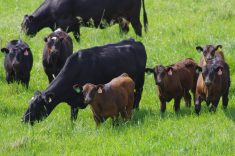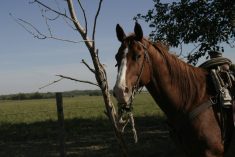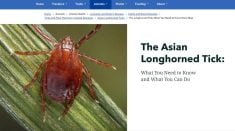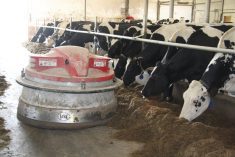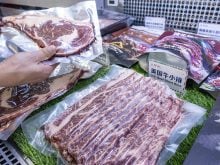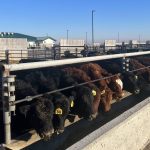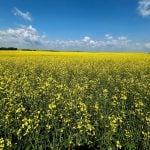ROCKY MOUNTAIN HOUSE, Alta. – Moving 450 steers twice a day is just a small part of the holistic management program practiced at the Halladay Ranch.
While it may seem like a lot of work, Don and Randee Halladay explain they’re raising cattle profitably and restoring the balance of nature in their network of pastures. Because of intensive management of land, water and animals, they have changed mediocre pastures into lush meadows on their ranch near Rocky Mountain House.
They believe soil is a living organism and plants growing in each paddock can be used to the optimum with planned grazing and rest periods.
Read Also
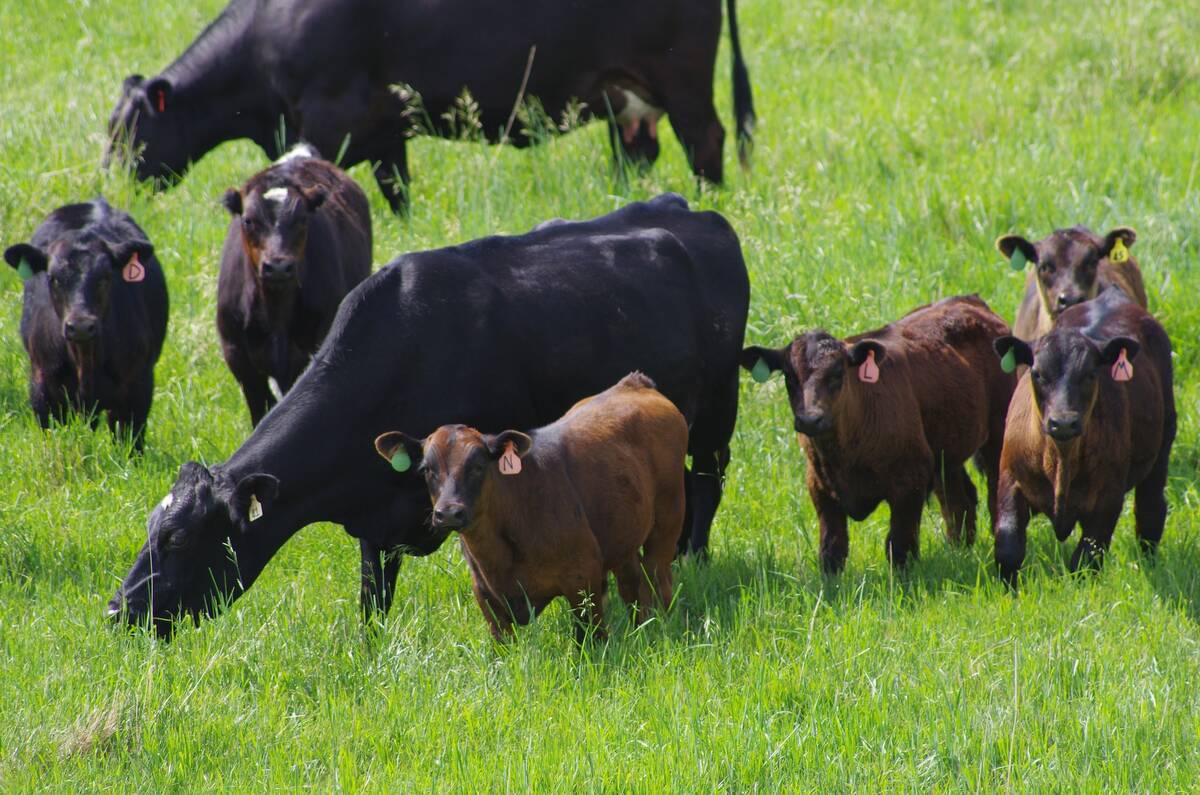
Manitoba extends Crown land rent freeze
Manitoba government links the continued rental rate freeze on grazing and forage leases to economic and environmental challenges facing the industry
“Anytime you can figure out how to get in sync with nature rather than fighting it, you’re better off,” said Don.
They are not looking at how many pounds of red meat they can produce per acre but instead are considering the value of grass and soil. They are capturing sunlight energy which they sell through the grass eaten by cattle.
During a ranch tour, visitors walked through knee high vegetation. Prior to grazing, each strip of pasture is a sweet smelling paddock full of wildflowers, fescue, clover, wild strawberries, vetch and a few dandelions.
The vegetation appears to grow in layers. Once the cattle have eaten the grass down, clover starts growing within three days because the grass is out of the way.
Cattle are controlled by a single electric wire dividing each 13-acre strip. They eat the grass almost to the ground and then wait to move to the next piece.
Wait for greener pastures
“Cattle will fast in anticipation of being moved,” said Don.
The fences are more of a psychological barrier than a physical one. It takes about three days to train the cattle to respect the fence and move onto fresh pasture.
Non-stressful animal handling techniques were learned from animal behaviorist Bud Williams. He emphasizes handling animals in a calm, quiet way to keep stress to a minimum. Moving from pasture to pasture is relatively stressful, so the Halladays don’t want to further upset them by chasing or yelling at the steers.
As soon as the steers rush into a paddock of fresh grass there is a steady hum from the sound of their tongues wrapping around the grass and chewing. Their legs rustle the plants as they mow the grass down.
Water is delivered by tank with a self filling trough. Riverbanks and dugouts have been fenced off to restore the banks with plants and trees. It also preserves water quality, which Don said is as important as good quality grass.
“If somebody had told me in 1985 that I would haul water to cattle, I would have thought they were crazy,” he said.
The cattle are quiet and relatively tame because they associate people with getting fed, said Don.
They don’t force their cattle to eat old material or plants they don’t like because performance will drop, said Randee.
“People have told us again and again that they’ve left the cattle in the pasture to make them eat what’s there. Then they’re disappointed in the performance,” she said.
The Halladays own some of the steers and custom graze the rest. They want a large herd to disturb the soil and move the underlying thatch of grass. This is necessary because new plants can’t grow through a thick layer of trash.
Pasture times have to be juggled because if they are grazed at the same time each year, it can create some unstable conditions.
Paddock size and grass quality varies. The Halladays take samples to see how much forage is available to help them figure out when to move cattle and how much rest to give a field so plants can grow back. They also monitor how fast plants grow back.
“You’re always looking back to what has been grazed,” he said.
Some pastures are left as long as 120 days to recover. When cattle are turned out in mid-June there are some unknowns.
“None of us have a clue how much forage we’re going to grow and we haven’t a clue how long it will last. We need to figure out how to deal with that,” said Don.
He also reminds students that land may be over rested and pastures deteriorate because grazing and soil disturbance are needed.
When making plans, people also need to consider whether they are in a brittle environment where land is drier and rainfall is unreliable. On the extreme side of the scale, a desert is the most brittle environment. Conversely, a non-brittle environment is a rain forest. The Prairies tend toward brittle environments.
The holistic plan doesn’t work overnight, but discernible differences do occur in pastures once the overall plans are put into effect.
The management is complicated but not really labor intensive.
“The beauty of this is that a couple or an individual can manage a lot more cattle than if you were doing it conventionally,” said Randee. With an understanding of what they want to achieve, farmers can decide what system of management works best.
For the Halladays, the best plan is to leave cattle out on the range. Cows are bred to easy calving bulls in April on grass rather than pushing cows to deliver in January or February in the snow.



